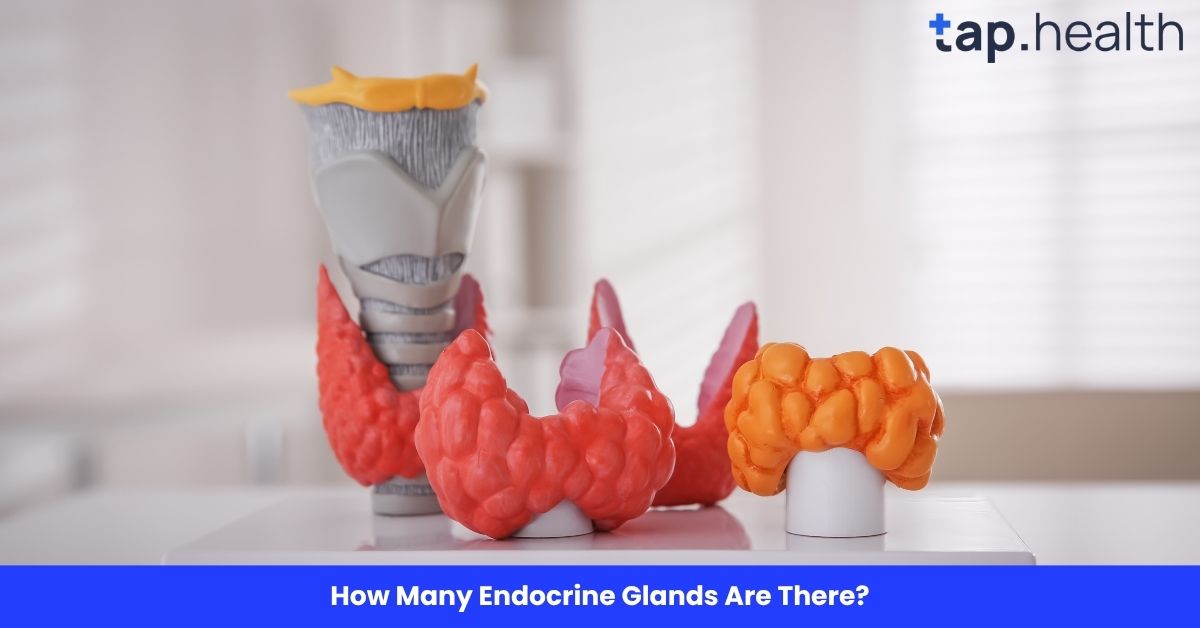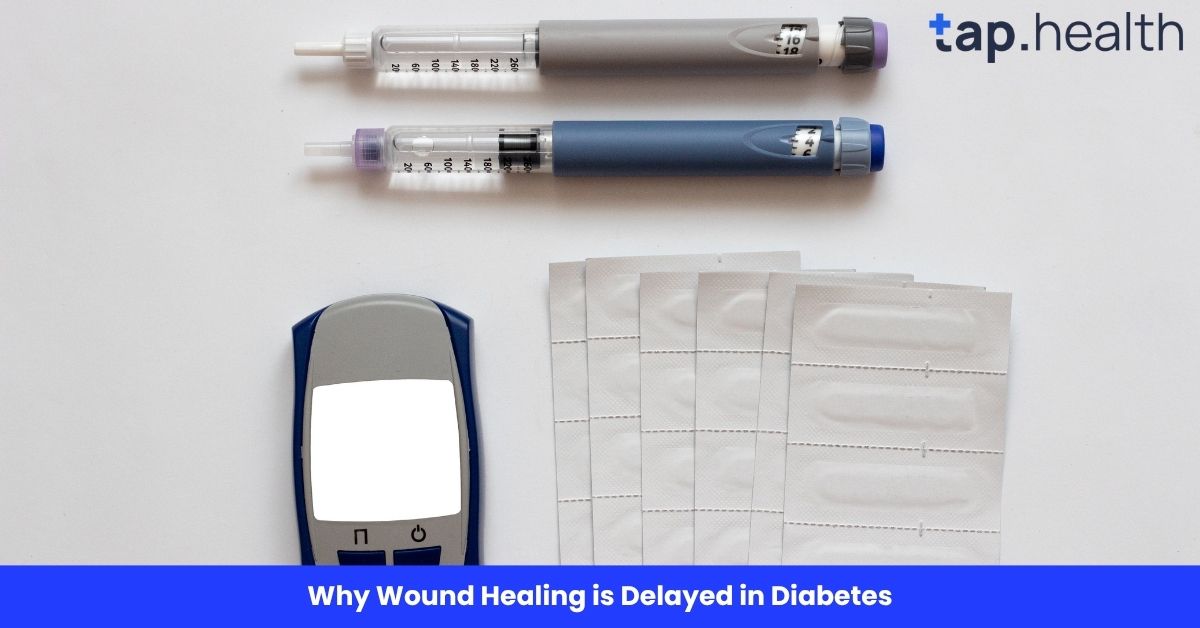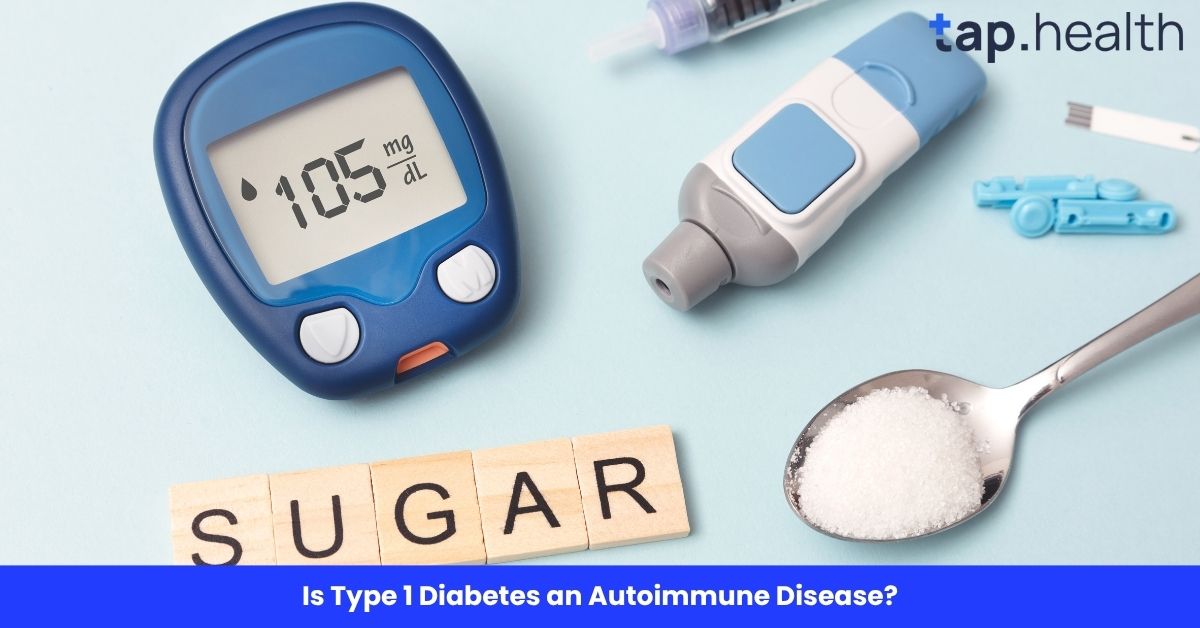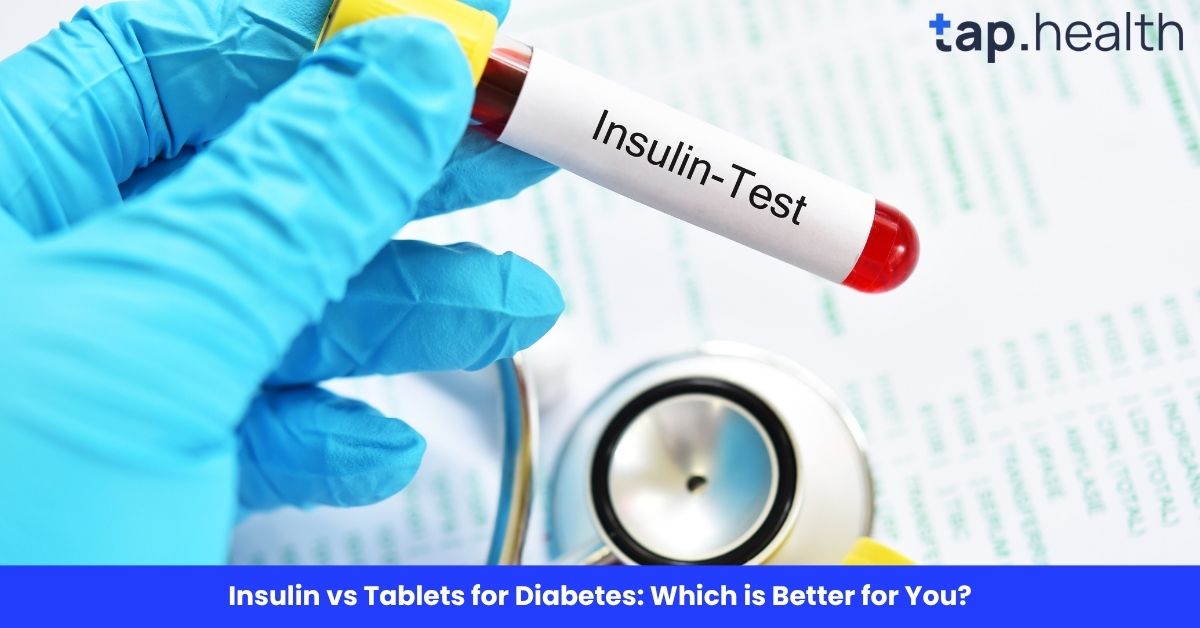The human body is an incredibly complex system, with numerous organs working together to maintain balance and ensure proper functioning. One of the most important systems is the endocrine system, which plays a crucial role in regulating various bodily functions through the secretion of hormones. But how many endocrine glands are there, and what do they do? In this blog, we will explore the number of endocrine glands, their functions, and why they are so essential to overall health.
If you’re curious about the endocrine system and how it helps your body function, keep reading. You’ll gain a deeper understanding of the key endocrine glands and their significance in maintaining homeostasis.
What is the Endocrine System?
Before diving into how many endocrine glands there are, let’s first understand what the endocrine system is and what it does.
The endocrine system is a network of glands that produce and release hormones—chemical messengers that regulate many different functions in the body, such as metabolism, growth, mood, and reproduction. These glands release their hormones directly into the bloodstream, which then transports them to various organs and tissues throughout the body.
Functions of the Endocrine System:
- Regulating metabolism: Hormones control how the body converts food into energy.
- Growth and development: Hormones guide physical and mental growth.
- Mood regulation: Hormones affect emotions and overall well-being.
- Reproduction: Hormones play a key role in sexual function and pregnancy.
- Immune system regulation: The endocrine system helps the body fight off infections.
How Many Endocrine Glands Are There in the Human Body?
The human body has 8 major endocrine glands. These glands are responsible for producing specific hormones that regulate vital functions in the body. Let’s look at each of these glands and their roles.
1. Pituitary Gland
- Location: The pituitary gland is located at the base of the brain, just below the hypothalamus.
- Function: Often referred to as the “master gland,” the pituitary controls the activities of other endocrine glands, including the thyroid, adrenal glands, and reproductive organs. It secretes hormones that regulate growth, metabolism, and reproduction.
- Key Hormones:
- Growth hormone (GH): Stimulates growth and development.
- Thyroid-stimulating hormone (TSH): Stimulates the thyroid gland to produce thyroid hormones.
- Adrenocorticotropic hormone (ACTH): Stimulates the adrenal glands to produce cortisol.
- Luteinizing hormone (LH) and Follicle-stimulating hormone (FSH): Regulate reproductive functions.
2. Thyroid Gland
- Location: The thyroid gland is located in the front of the neck, just below the Adam’s apple.
- Function: The thyroid is responsible for regulating metabolism and energy production. It also plays a key role in growth and development.
- Key Hormones:
- Thyroxine (T4) and Triiodothyronine (T3): Regulate metabolism and energy levels.
- Calcitonin: Helps regulate calcium levels in the blood.
3. Parathyroid Glands
- Location: The parathyroid glands are small, pea-sized glands located behind the thyroid gland.
- Function: The parathyroids regulate calcium and phosphorus levels in the blood and bones.
- Key Hormones:
- Parathyroid hormone (PTH): Increases calcium levels in the blood by stimulating the release of calcium from bones and reducing the excretion of calcium by the kidneys.
4. Adrenal Glands
- Location: The adrenal glands are located on top of each kidney.
- Function: The adrenal glands are involved in the body’s response to stress and regulate metabolism, blood pressure, and immune functions.
- Key Hormones:
- Adrenaline (Epinephrine): Increases heart rate, blood pressure, and energy in response to stress.
- Cortisol: Regulates metabolism and stress response.
- Aldosterone: Helps regulate blood pressure by controlling sodium and water balance.
5. Pancreas
- Location: The pancreas is located behind the stomach, in the abdomen.
- Function: The pancreas plays a dual role—exocrine (producing digestive enzymes) and endocrine (producing hormones that regulate blood sugar levels).
- Key Hormones:
- Insulin: Lowers blood sugar by helping cells absorb glucose.
- Glucagon: Raises blood sugar by stimulating the release of glucose from the liver.
- Somatostatin: Inhibits the release of insulin and glucagon.
6. Gonads (Ovaries and Testes)
- Location: The ovaries are located in the female reproductive system, while the testes are located in the male reproductive system.
- Function: The gonads are responsible for sexual development and reproduction.
- Key Hormones:
- Estrogen (Ovaries): Regulates the female reproductive system, menstrual cycle, and secondary sexual characteristics.
- Progesterone (Ovaries): Prepares the uterus for pregnancy and maintains pregnancy.
- Testosterone (Testes): Regulates male reproductive functions and secondary sexual characteristics.
7. Pineal Gland
- Location: The pineal gland is located in the brain, near the center of the head.
- Function: The pineal gland regulates the sleep-wake cycle and biological rhythms.
- Key Hormone:
- Melatonin: Regulates sleep patterns and circadian rhythms.
8. Thymus Gland
- Location: The thymus gland is located in the chest, behind the sternum, and in front of the heart.
- Function: The thymus plays a role in the development of the immune system by producing T-cells, which help fight infections.
- Key Hormones:
- Thymosin: Helps in the development of T-cells in the immune system.
How Do Endocrine Glands Work Together?
All the endocrine glands in the body are interconnected, working together to maintain balance. For example, the pituitary gland controls the thyroid and adrenal glands, while the pancreas works to regulate blood sugar levels. The gonads regulate sexual development and reproduction, while the pineal gland controls sleep and wakefulness.
Each gland has a specific role, but they all work in harmony to ensure the body functions properly. The hormones they secrete travel through the bloodstream to different parts of the body, where they bind to specific receptors on target cells, influencing various biological processes.
Why Are Endocrine Glands Important?
Endocrine glands are critical to maintaining the body’s internal balance, or homeostasis. They help regulate metabolism, growth, mood, and other essential functions. If any of the endocrine glands stop functioning properly, it can lead to health problems like diabetes, thyroid disorders, adrenal insufficiency, and reproductive issues.
For example, if the thyroid gland produces too much or too little hormone, it can lead to problems like hyperthyroidism or hypothyroidism, affecting energy levels, weight, and overall health. Similarly, insulin imbalances in the pancreas can lead to diabetes, a condition that affects blood sugar regulation.
Real-Life Scenario
Consider a person experiencing fatigue, mood changes, or unexplained weight gain. These symptoms might point to an endocrine gland imbalance, such as a thyroid disorder or adrenal insufficiency. Understanding how many glands are involved helps doctors pinpoint the root cause and provide effective treatment.
Expert Contribution
Endocrinologists emphasize that each gland works in harmony with others. For example, the pituitary gland signals the thyroid and adrenal glands to release hormones. Disruption in one gland can affect the entire hormonal system, highlighting the importance of regular health checkups and blood tests to monitor hormone levels.
Recommendations Grounded in Proven Research and Facts
- Routine Checkups: Regular blood tests can detect imbalances in thyroid, adrenal, or pancreatic hormones early.
- Healthy Lifestyle: Balanced diet, exercise, and stress management support endocrine health.
- Recognize Symptoms: Fatigue, weight changes, or mood swings can indicate endocrine issues.
- Professional Guidance: Only certified endocrinologists should diagnose or treat hormonal disorders.
- Evidence-Based Treatments: Hormone replacement therapy, lifestyle interventions, and medications are all guided by research to restore balance safely.
FAQ About How Many Endocrine Glands Are There?
1. How many endocrine glands are there in the human body?
There are 8 major endocrine glands in the human body: the pituitary, thyroid, parathyroid, adrenal glands, pancreas, gonads (ovaries and testes), pineal gland, and thymus gland.
2. What do endocrine glands do?
Endocrine glands produce hormones that regulate various body functions such as metabolism, growth, mood, reproduction, and immune response. These hormones are secreted directly into the bloodstream.
3. What happens if an endocrine gland doesn’t work properly?
If an endocrine gland malfunctions, it can lead to hormonal imbalances that cause various health conditions, such as diabetes, thyroid disorders, and reproductive issues.
4. What are the symptoms of endocrine disorders?
Symptoms of endocrine disorders can include weight gain or loss, fatigue, changes in mood, irregular periods, excessive thirst, and difficulty sleeping.
5. Can endocrine disorders be treated?
Yes, many endocrine disorders can be managed with medication, hormone replacement therapy, lifestyle changes, and, in some cases, surgery. Early detection and treatment are essential.
Conclusion
The endocrine system is a vital part of the human body, comprising 8 essential glands that work together to regulate numerous functions, from growth and metabolism to reproduction and immune responses. Understanding how many endocrine glands there are and how they function can help you better appreciate their role in maintaining overall health.
By keeping these glands healthy through proper diet, exercise, and regular check-ups, you can ensure that your body’s hormonal systems remain balanced, supporting long-term health and well-being.



